|
The air show was delayed for two years during the pandemic
This week saw the welcome return of the Farnborough Air Show. Running from 18-22 July, visitors were treated to displays, press releases, panel roundtables, exhibitions from the aviation industry, including aerospace, defense. Issues such as Environmental, Governance and Sustainability (ESG) were high on the agenda, with aircraft manufacturers and airlines promising smarter technology, cleaner fuel, and greener business. This means more room for highly fuel efficient and quieter aircraft, and hopefully less expensive to operate.
As an example, Airbus and CFM International are collaborating to flight test CFM’s cutting-edge open fan engine architecture on board an Airbus A380. The Flight Test Demonstrator is aimed to mature and accelerate the development of advanced propulsion technologies, as part of CFM’s Revolutionary Innovation for Sustainable Engine (RISE) demonstration programme. “New propulsion technologies will play an important role in achieving aviation’s net-zero objectives, along with new aircraft designs and sustainable energy sources,” said Sabine Klauke, Airbus Chief Technical Officer. British Prime Minister Boris Johnson, astronaut Tim Peake, and British Transport Secretary Grant Shapps visited the show in the first two days. The Prime Minister met some of the 1,500 exhibitors at one of the world’s biggest aerospace and defense trade shows. In a speech, Mr Johnson said: "I’m glad that I finally made it to Farnborough, this famous air show, in the climactic weeks of my time as Prime Minister." The photos in this blog were taken over the five days, in a period in which we experienced the hottest day ever in the history of records in the UK (40.2C) on Tuesday July 19, followed by the obligatory rain showers. Hence why you seen a blue sky in some photos and a dark grey in others. Were there many orders?
With this being the first show in four years (and with a delay due to the Pandemic), it seemed and came across as a quieter affair compared to previous shows. There wasn't the much anticipated fanfare that happened in previous years. But one thing was clear: Boeing seemed to do quite well in terms of orders. Though Airbus, meanwhile, managed to conduct just two sales on the premises of the airshow, one for the A220 and one for the A321neo. However, it had secured a big win just ahead of Farnborough, with China’s top three carriers ordering almost 300 A320 family aircraft on 1 July, 2022. This chart from AeroTime shows a breakdown of the orders made in this year's show, and Boeing has certainly made more orders in 2022:
The Boeing 737 MAX 10
The largest of the 737 MAX family, the Boeing 737 MAX 10, made its international debut at the Farnborough International Airshow 2022. During the show, the aircraft ran on a blend of sustainable aviation fuel. Before the show, Boeing had already received more than 3,300 net orders for 737 MAX narrow bodies, and kicked off the Farnborough Airshow with firm order signings with Delta Air Lines, Inc. for at least 100 Boeing 737 MAX 10 jets and with All Nippon Airways parent ANA Holdings for twenty 737 MAX 8s, along with two Boeing 777-8F cargo variants.
Also, Qatar Airways made official an order for 25 Boeing 737 MAX 10 aircraft, with options for a further 25 of the type. "We are honored that Qatar Airways has decided to add Boeing’s single-aisle family to its fleet, deepening our relationship with this world-class airline," said Stan Deal, President and CEO of Boeing Commercial Airplanes. "The 737 MAX 10 is ideally suited for Qatar Airways’ regional network and will provide the carrier with the most capable, most fuel-efficient airplane in its class," he added. The order, worth $3.4 billion at list prices, capped a largely one-sided show dominated by Boeing's efforts to shore up the MAX 10, whose future lies partly in the hands of regulators and Congress. Qatar Airways displayed its Boeing 777-300ER (FIFA World Cup 2022 Livery), 787-9 Dreamliner and Qatar Executive Gulfstream at the airshow.
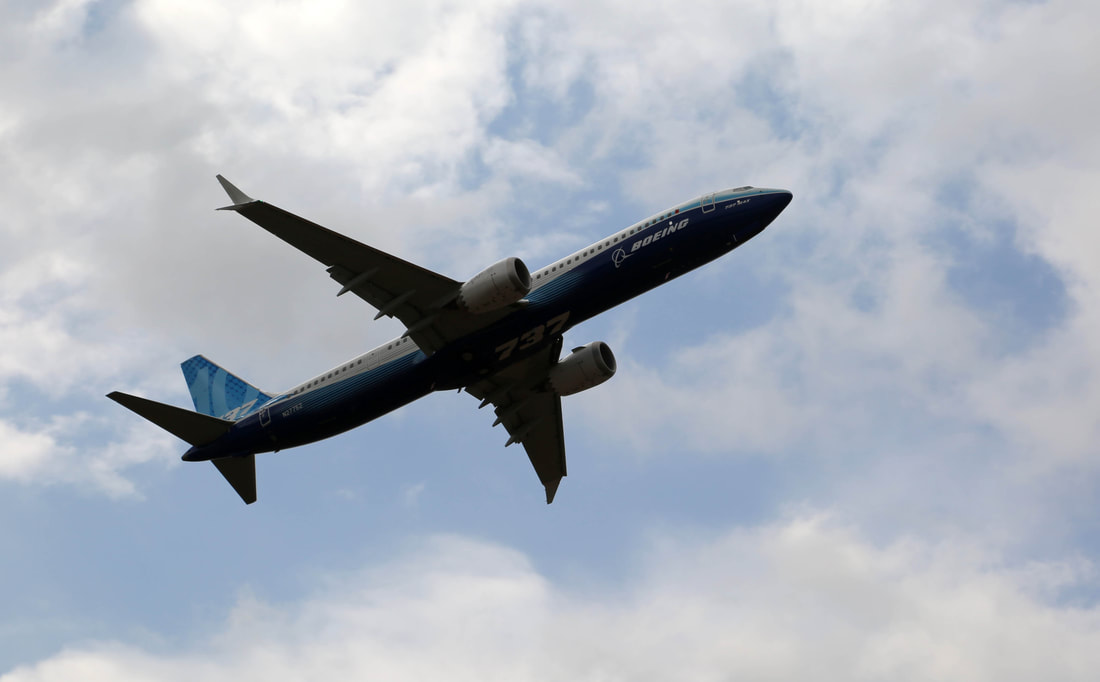
The Boeing 737 MAX 10 leaves Farnborough after the show back to Seattle via Reykjavik. The 737 MAX 10 will continue test flights and obtain its type certificate before it can begin scheduled operations. The delay, caused by the problems of the 737 MAX 8 and the extended scrutiny of the U.S. Federal Aviation Administration (FAA), is a major stumbling block in its commercialization. Photo Copyright Navjot Singh
The Boeing 777X
One of the highlights of 2022’s edition of the show was the huge Boeing 777X, the world’s largest and most efficient twin-engine jet, which the manufacturer showed off in both static and flying displays. With new breakthroughs in aerodynamics and engines, the 777X will deliver 10 percent lower fuel use and emissions and 10 percent lower operating costs than the competition. The 777X is based on the original 777, but is much larger, more powerful, and is ready to serve the next generation of long-haul air travel, and generally passengers prefer large aircraft, and this will not disappoint!
Even though the 777X has been delayed by over five years, we are in this interesting period where the airlines that were affected by the delay have almost got over that part now. The COVID-19 Pandemic, if anything, has helped that cause. With any new aircraft, airlines are usually cautious. It is going to be great for the passengers and great for the airlines, too! Warm champagne anyone?
The show also saw the introduction of some interesting features that we may see. Thanks to the team at Turningleftforless for taking this video of a "Champagne on Demand" as demonstrated by Adient collaborating with Boeing to explore improved comfort, functionality of commercial aircraft seating and interiors. My mate, James Nixon (ex- A380 captain), queried "Why does any airline exec think passengers want to drink warm champagne?".
Airbus A350-900 XWB and the Airbus A220-300
Airbus brought its A350 test aircraft for display flights throughout the show. Also, Airbus showcased an ITA Airways A350-900 and an Air Baltic A220-300 aircraft on the ground.

Air Baltic's A220. One of the biggest orders for the aircraft came from Delta Air Lines, Inc. Delta Air Lines firmed up orders for 12 A220-300 aircraft, bringing Delta’s total firm order for A220s to 107 aircraft – 45 A220-100s and 62 A220-300s. The A220s will be powered by Pratt & Whitney GTF™ engines. Photo Copyright Navjot Singh
New British Airline: Hans Airways
Start-up carrier Hans Airways moved a step closer to launching flights between the UK and India, with the lease of an A330-200 aircraft and the start of crew training. According to the CEO, Satnam S. Saini, the aircraft is weeks away from launch.
The airline plans to launch flights between Birmingham airport and Amritsar as a key destination using an ex-Air Europa A330 and with a two class configuration – economy (branded Anand Class) with 274 seats and a seat pitch of 31 inches, and premium economy (Anand Plus) with 24 seats and a seat pitch of 56 inches. Updating the media on progress Barry Humphries, CBE, Hans Airways’ board director and former head of air services policy at the UK Civil Aviation Authority, said: “With the loss of flights operated by India’s Jet Airways and British inclusive tour operators Thomas Cook and Monarch Airlines, there is room for a third UK airline flying between UK and India (complementing British Airways and Virgin Atlantic.) All of us are working exceptionally hard and on schedule to be that third UK designated carrier.” Supernal's eVTOL vehicle cabinBlack Eagles and the Boeing Stearman (Aerosuperbatics Wingwalkers)Future is Boom?
Boom Supersonic announced the updated design of Overture with 4 engines. Carrying 65–80 passengers at twice the speed of today’s airliners, Overture will fly Mach 1.7 over water with a range of 4,250 nautical miles.
Boom further said that the new design is the culmination of 26 million core hours of simulated software designs, five wind tunnel tests, and the careful evaluation of 51 full design iterations resulting in an economically and environmentally sustainable supersonic airliner. Boom also announced a market-expanding alliance with Northrop Grumman to develop special mission variants for the U.S. Government and its allies. The question here is, will it better what Concorde achieved and will passengers pay for and enjoy the experience? United Airlines have already proudly stated that they plan to offer services on Boom. But will it be a success? We shall see. Maybe a debut at future Farnborough Airshows? Aircraft on display
0 Comments
|
Get in Touch:LIFE MATTERSHere I share my thoughts
and experiences during my travels, and how some things have affected my life as an expat and world traveller. Travelling is about capturing that moment in life. Every word, view and opinion on this page is that of Navjot Singh - except where indicated. The most recent is at the top. Scroll down to read the archive. Or search using CTRL+F (COMMAND + F) and enter a keyword to search the page. Just some of the stories you never heard before. The NAVJOT-SINGH.COM web blog is separate to this web site....Click blog, which may not be visible in some countries due to local firewall restrictions, so in those cases this weblog may be read. The weblog also includes some of my press trip reports- most of which are not published on the official blog because of copyright issues. The weblog also contains articles that may be associated directly with a PR trip for a country, airline or a hotel. These are PR reviews done in relations with various companies. If you are an investor or a trend watcher then you may find this website useful as investing has a lot to do with personal observations and finding the ideal trend or next big thing. The average human on the street frequently knows far more about the state of the economy than politicians, university professors, subject matter experts, and financial analysts who seldom travel, or if they do so, only from one hotel to another hotel! The pulse and vibrancy of an economy is nowhere more visible than on a country's streets. All photos and words are © Navjot Singh unless stated. Photos taken by others or by agencies are appropriately copyrighted under the respective name. No photo or word/s may be taken without the prior written permission by the author (i.e. Navjot Singh). All Rights Reserved. Archives
April 2024
Categories
All
|










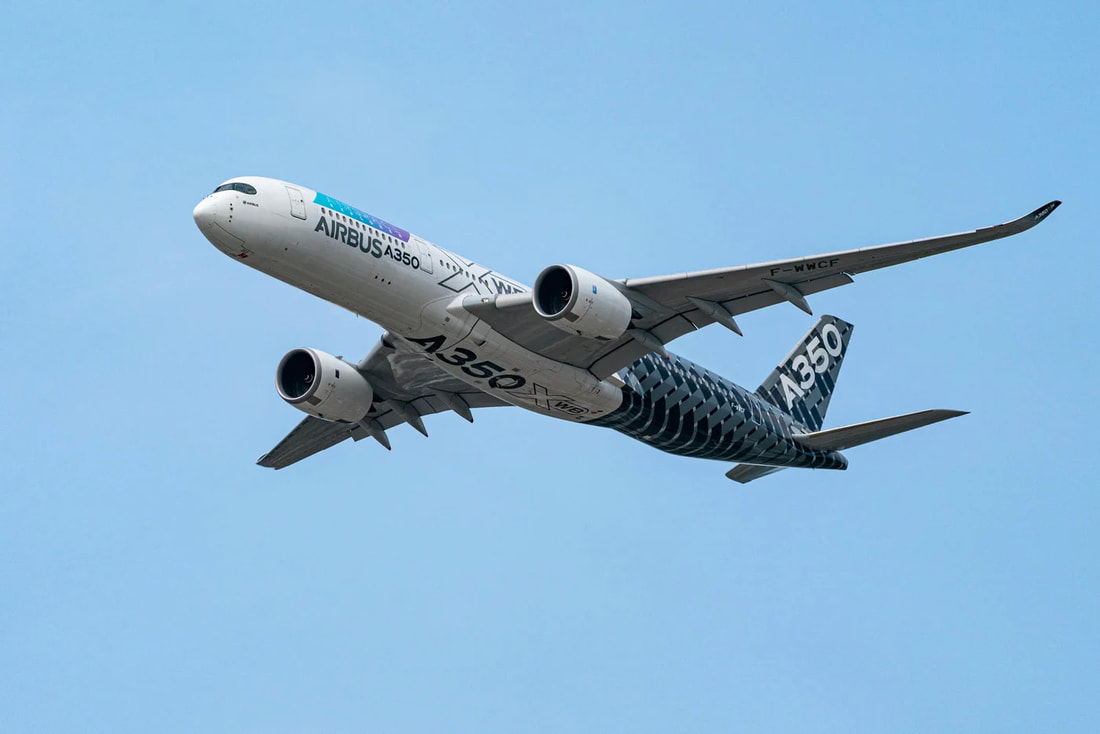









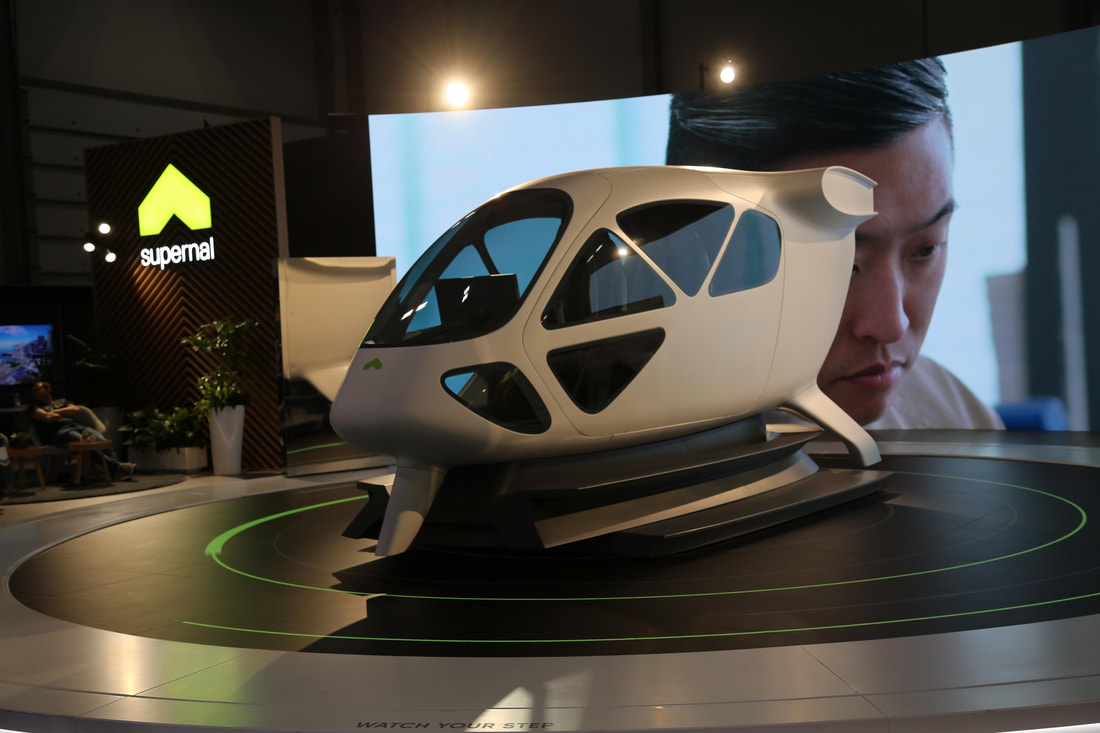

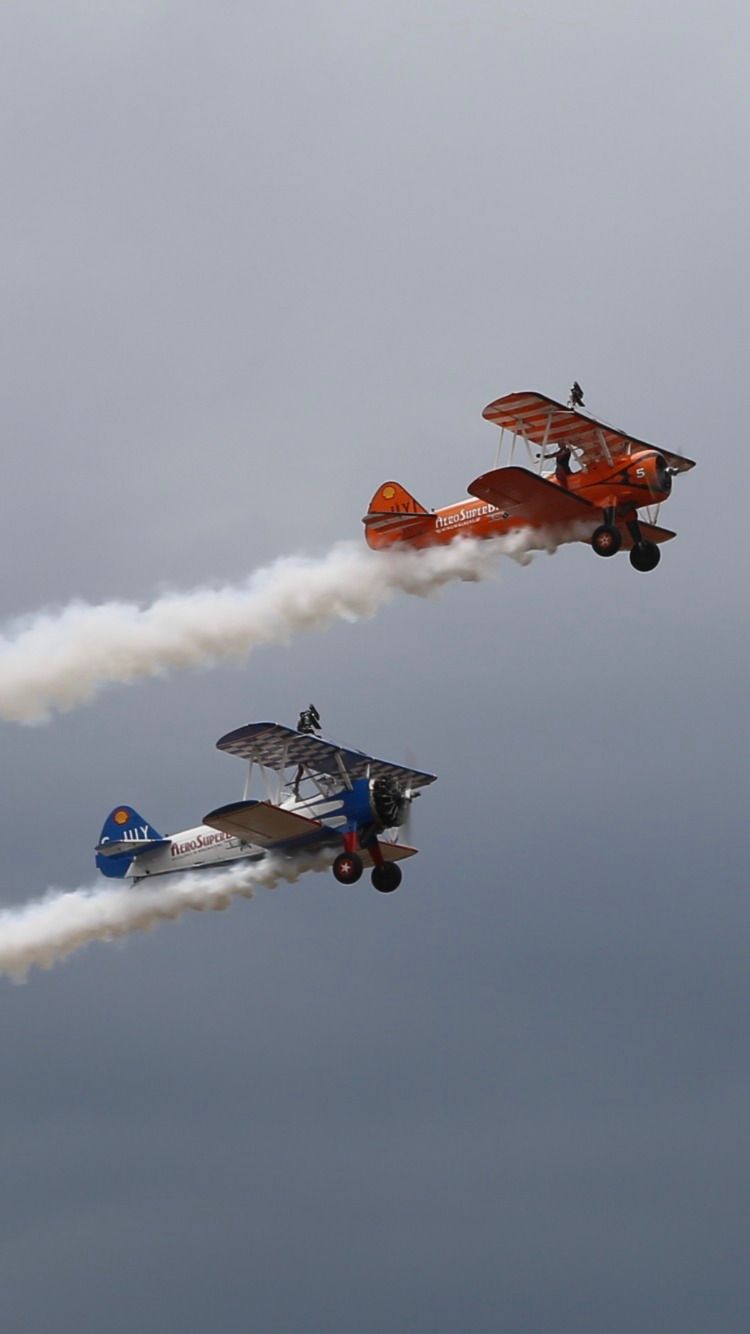






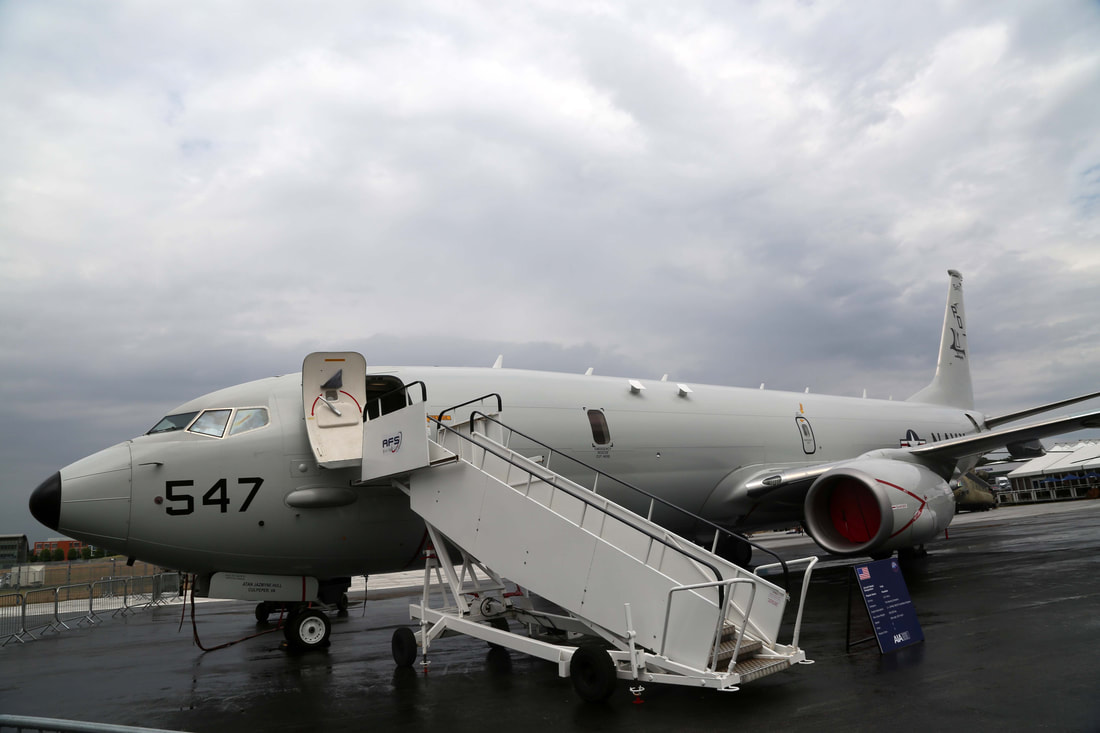


 RSS Feed
RSS Feed







